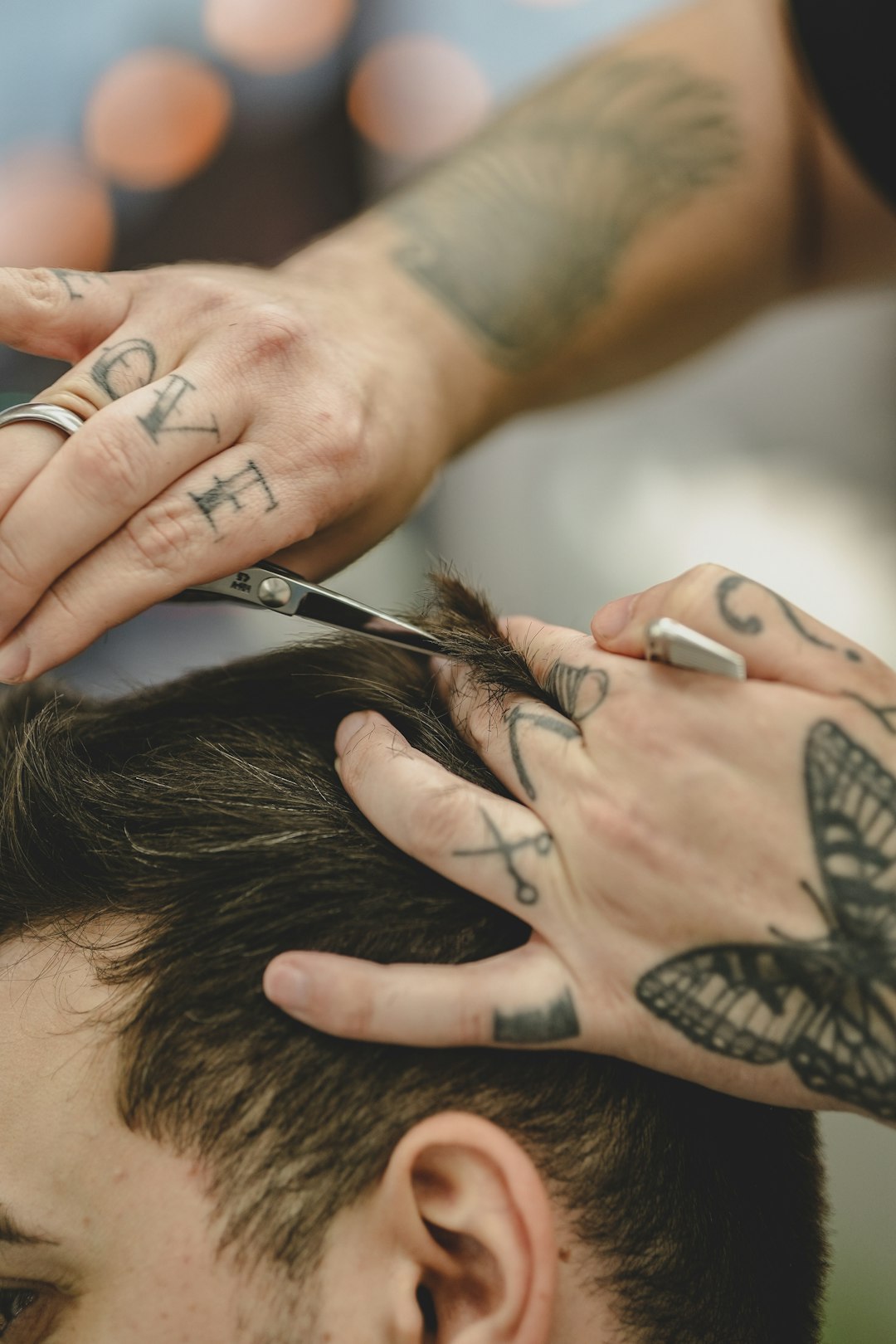Contouring has become an essential technique in the world of makeup, enabling anyone to sculpt their face, create dimension, and enhance their best features. From celebrities to everyday makeup enthusiasts, everyone wants to master the art of contouring like a pro. Whether you’re a beginner or already familiar with the basics, this guide will provide you with all the tips and tricks to help you achieve flawless contouring results.
1. Understand Your Face Shape:
Before getting started, it’s crucial to identify your face shape. Different face shapes require different contouring techniques to enhance or downplay certain features. Common face shapes include oval, round, square, heart, and diamond. Research which category you fall into to learn the best areas to contour and highlight.
2. Prep Your Skin:
Begin by prepping your skin to ensure a smooth and even application. Cleanse your face thoroughly, then apply a moisturizer suitable for your skin type. Allow it to absorb before moving on to the next step. This will provide a hydrated canvas for your makeup application.
3. Choose the Right Contour Shade:
Picking the right contour shade is crucial for achieving natural-looking results. Opt for a shade that is one to two shades darker than your natural skin tone. Test the shade on your jawline or wrist to find the perfect match for your complexion.
4. Invest in Quality Tools:
To achieve professional-looking results, invest in good-quality makeup brushes and sponges. A dense brush with a tapered shape is ideal for precise contouring, while a damp makeup sponge can be great for blending and achieving a seamless finish.
5. Map Out Your Contour:
Before applying any product, map out your contour by identifying the areas you want to enhance or define. Typically, these areas include the hollows of your cheeks, temples, jawline, sides of your nose, and the perimeter of your forehead. Make light lines with your chosen contour shade to guide your brush strokes.
6. Blend, Blend, Blend:
One common mistake beginners make is not blending their contour properly, resulting in obvious and harsh lines. Take your time to blend the contour shade using soft, circular motions. A blending brush or sponge can go a long way in achieving a natural transition between the contour and your natural skin tone.
7. Know Your Highlighting Points:
Contouring is not only about shading – highlighting is equally important to create balance. Identify the high points of your face, such as the center of your forehead, bridge of your nose, under the eyes, and tops of your cheekbones. Apply a lighter shade or a highlighter to these areas, focusing on a subtle and natural glow, rather than an intense shimmer.
8. Set Your Contour:
To ensure your hard work lasts all day, set your contour with a translucent powder or a matte bronzer. This step will also blur any harsh lines and provide a seamless finish. Using a fluffy brush, lightly dust the powder over your contoured areas.
9. Practice Makes Perfect:
Contouring is an art that requires practice to master. Experiment with different products, techniques, and tools to find what works best for you. Watching tutorial videos or seeking guidance from professionals can also be incredibly helpful in refining your skills.
10. Less is More:
Remember, less is more when it comes to contouring. Start with a small amount of product and build it up gradually if needed. It’s easier to add more than to remove excess product, so take your time and be mindful of the amount you apply.
With these tips and techniques in mind, you can now embark on your journey to master the art of contouring like a pro. Remember to have fun, be patient, and embrace your unique features. After all, makeup is meant to enhance your natural beauty, not transform you into someone else. Happy contouring!












